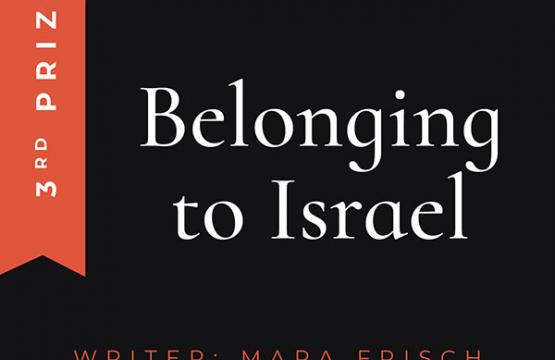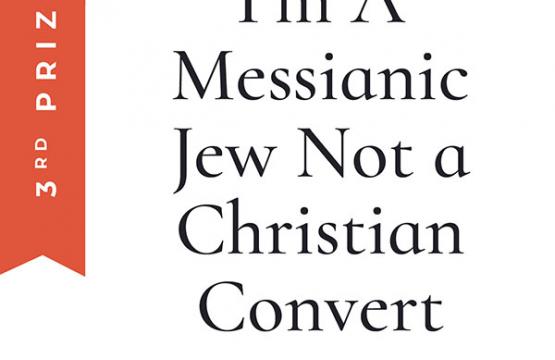
The Jewish grandmother, familiar apron tied around her waist, house slippers adorning her feet as she prepares a meal in the kitchen. This scene is the essence of Jewish identity. The meal she prepares is the tie that binds. It has been carefully transferred from one generation to the next. The Scriptures and our traditions are passed down through food, whether metaphorically or literally. Food is the vehicle through which we preserve our identity as a people.
Since cuisine is a key element that marks a community’s recognizable existence, and distinguishes it from the rest of the society, what is the food that sets the Jewish kitchen apart? This is a very personal question and responses vary. Without hesitation, my father would vote for the Rosh Hashanah brisket, slow stewed in a bath of rehydrated prunes, onions, and apricots. My mother insists on the honey – sweet and steadfast challah, and my grandmother probably would’ve bet her mahjong winnings on the Russian Shabbat standby known as cholent. But for my sister and me, there’s no question it’s the humble Passover matzo rolls. Oily and dense, they come but once a year and don’t seem to be the obvious star of the show. But Passover would be downright tragic without matzo rolls. Imagine removing the charoset from the menu, or the four questions from the Seder; utterly incomplete, quite sad indeed.
As kids, it was the matzo rolls that lured us to the kitchen before the Seder. They pulled us away from playing with our cousins, in an attempt to discreetly stuff one roll into our mouths while the adults chatted distractedly. My sister and I would scurry down the carpeted stairs to dance in front of the mirror-lined closet doors, not minding the impending run in our stockings. Then we’d peek into the kitchen while we waited for the dinner bell (my grandmother in a high-pitched voice, partly singing,
partly shouting, “ding a ling a liiiiing”). The entire family had a place at the dining room table, which was extended by the buffet pull out, and adorned with white-laced tablecloths and prism-catching crystal glasses.
As an adult with more responsibility in preparing the Seder, carrying the mantle of reproducing the matzo rolls has been a journey of self-discovery. Where did the recipe come from (surely my late grandmother didn’t create it)? Are there ways to improve it (read: somehow make it more healthy)? How far in advance can the rolls be prepared (a small kitchen means preparation is key)? Why do we make these in the first place? What is their purpose?
At Passover, the maror symbolizes the bitterness of our enslaved relatives. The challah at Shabbat reminds us of God’s provision. Yeshua used wine to explain that His blood would be shed for the forgiveness of sins. These are just a few examples of how food is used as a teaching mechanism. But matzo rolls are not mandated or even mentioned in Scripture. And yet, in our family, they make Passover recognizable because they carry the tradition and identity of the holiday. Matzo rolls symbolize love, just as the aforementioned examples demonstrate God’s love for His people and creation.
At the end of my abbreviated quest to improve/modify my grandmother’s matzo rolls, I concluded that the Eastern European tradition reigns. Despite how unwholesome and totally not local the ingredients are, I’m compelled to cook what my grandma served at Passover. Fluffy rolls may seem a little antithetical to flat unleavened matzo, but they are permanently tied to an association with my grandmother’s love for her family and the Jewish identity she passed on to us. There are plenty of other healthy dishes to include on the menu, but it wouldn’t be Passover without matzo rolls.
It is my hope that as I prepare my grandmother’s recipe, those rolls will continue to transmit love within my family, and speak to our enduring identity as Jewish people.






